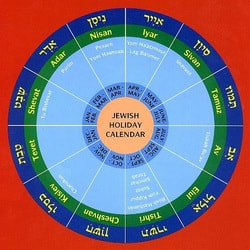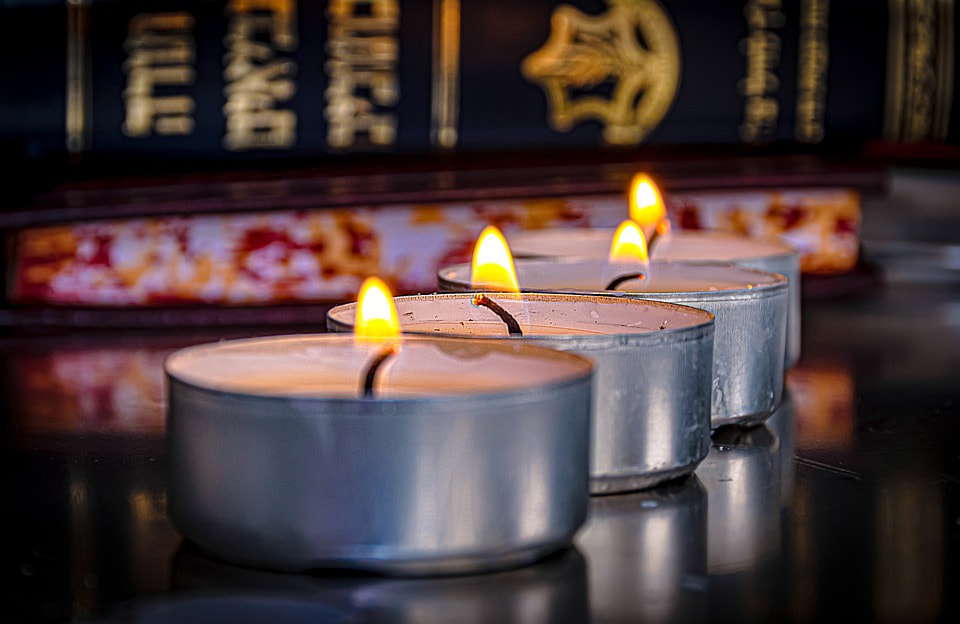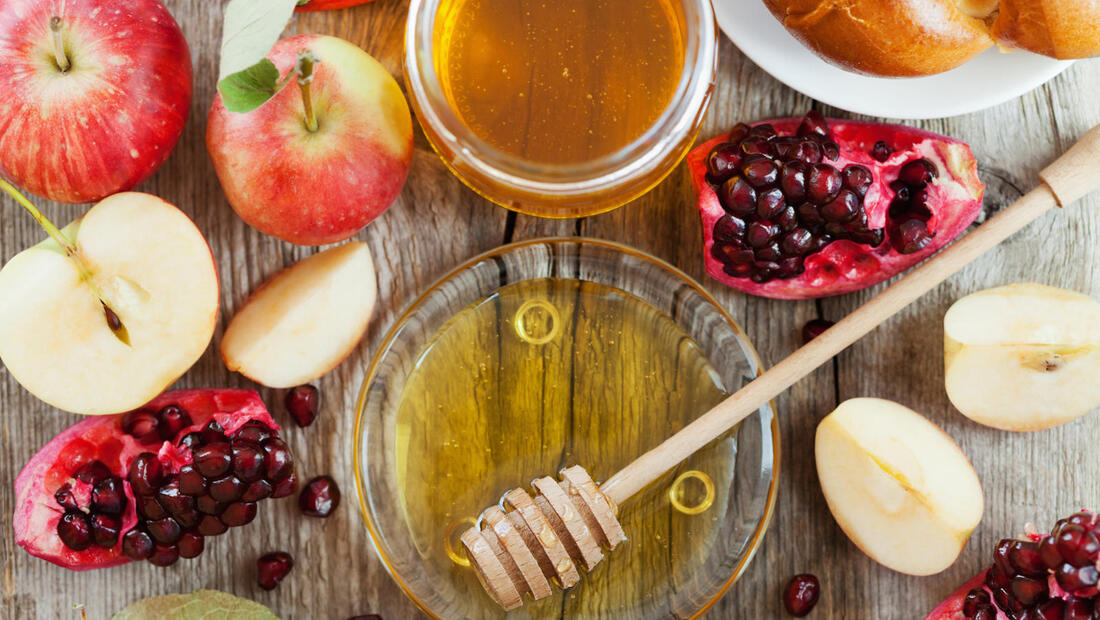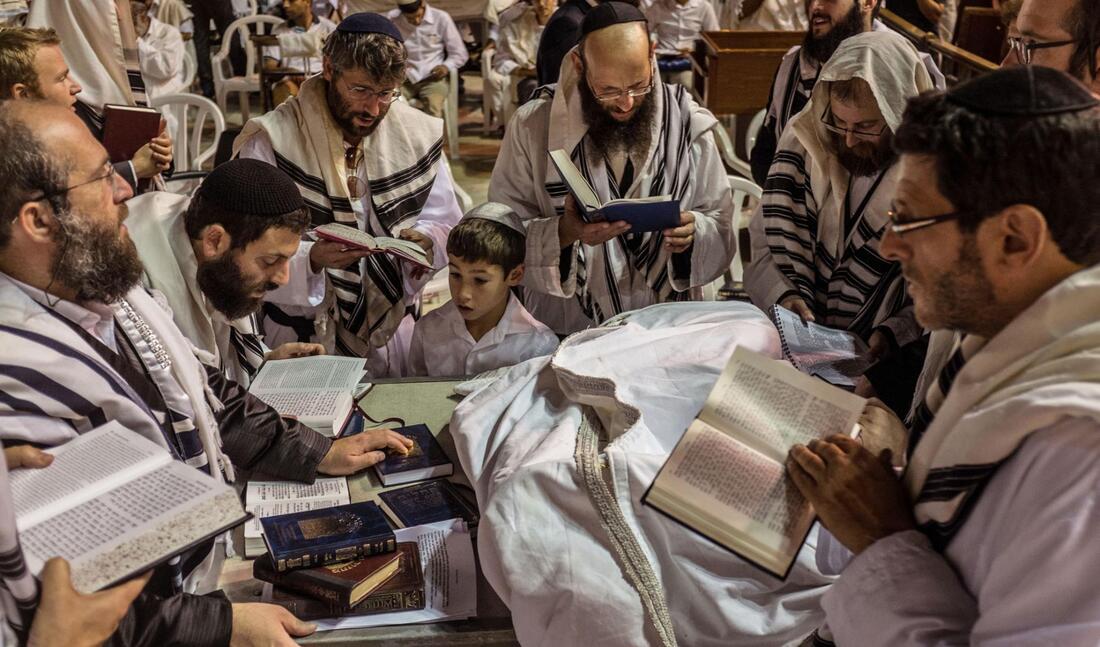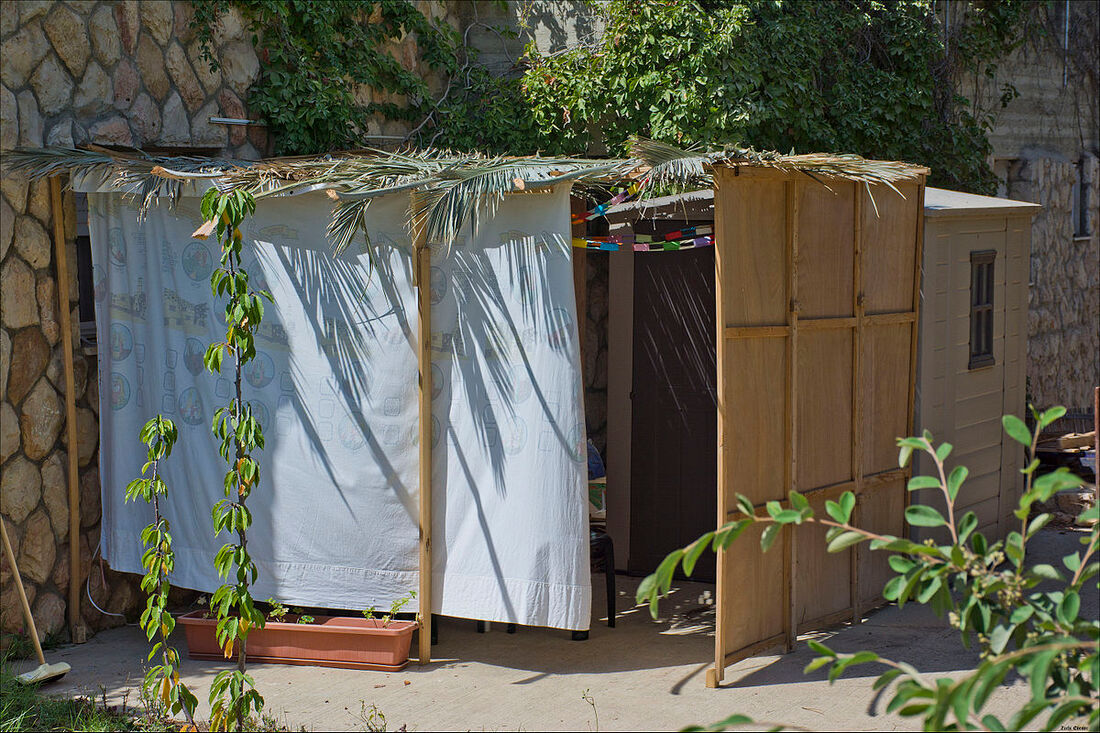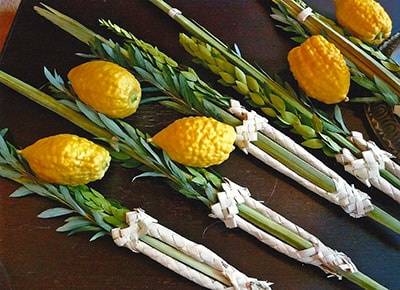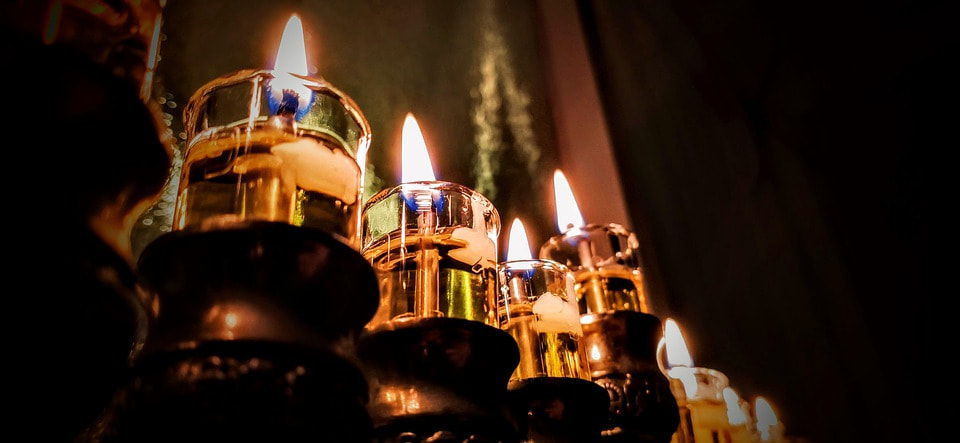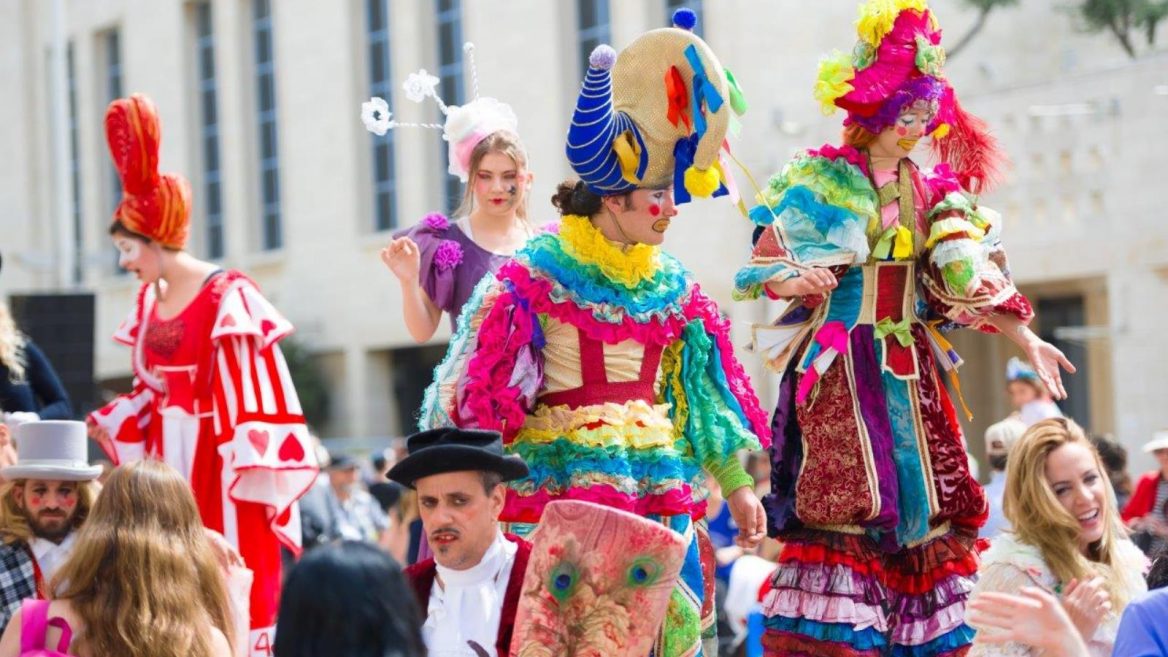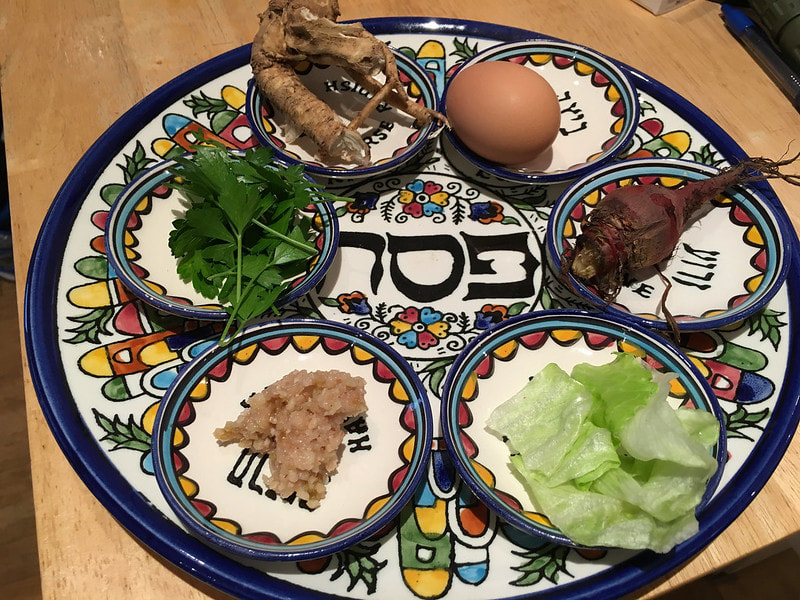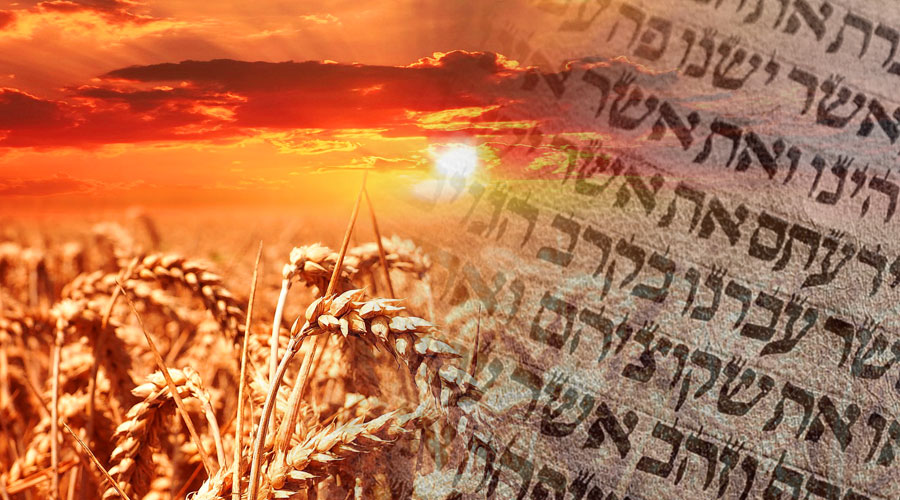|
Before we get started, it's important to note that there will not be any dates included with the holidays. This is because Jews use a lunar (rather than solar-based calendar, such as the Gregorian one) which causes the holidays to fall on different days each year.
Fortunately, there are a number of great resources that offer annual Jewish holiday dates. |
The two days of Rosh Hashanah also kick off the Ten Days of Repentance (Aseret Yemei Teshuvah). This is a time of both celebration and introspection, when followers examine their actions over the past year and seek repentance for things they've done wrong. The Ten Days of Repentance culminate on Yom Kippur, the Day of Atonement.
|
Yom Kippur
Yom Kippur, or Day of Atonement, is among the most solemn of all Jewish holy days. As its name suggests, it's the day that Jewish followers seek atonement for their sins and reconcile with G-d. Tradition says that Yom Kippur is the day that G-d decides on the faith of each individual follower, so Jews take the opportunity to make amends very seriously. |
Yom Kippur traditionally involves special religious services and a 25 hour fast. Yom Kippur and Rosh Hashana are collectively known as the "High Holy Days" of Judaism.
Jewish families celebrate Sukkot by building their own sukkah in their yards, which they eat and sometimes sleep in throughout the week. Tradition states that a sukkah's roof must be made of something that grew from the earth, such as palm leaves or bamboo.
Sukkot is a fall holiday, so it's perhaps no surprise that it was originally considered a harvest festival, sort of like a Jewish Thanksgiving. During Sukkot, it's also a tradition to wave branches made from four very specific types of plants called the arbat ha’minim (four species).
Sukkot is a fall holiday, so it's perhaps no surprise that it was originally considered a harvest festival, sort of like a Jewish Thanksgiving. During Sukkot, it's also a tradition to wave branches made from four very specific types of plants called the arbat ha’minim (four species).
Day 7 of Sukkot is known as Hashanah Rabah. On Hashanah Rabah, its traditional for Jews to circle their synagogue 7 times holding the arbat ha’minim, as special prayers are recited.
The eighth and final day of Sukkot is called Shemini Atzeret. On this day, the last portion of the Torah is read and followers refrain from work or travel.
Right after Shemini Atzeret, Judaism celebrates Simchat Torah or "rejoicing in the Law." On this day, it's traditional to dance around with Torah scrolls while singing songs of gratitude and praise.
The eighth and final day of Sukkot is called Shemini Atzeret. On this day, the last portion of the Torah is read and followers refrain from work or travel.
Right after Shemini Atzeret, Judaism celebrates Simchat Torah or "rejoicing in the Law." On this day, it's traditional to dance around with Torah scrolls while singing songs of gratitude and praise.
It's likely so well known to non-Jews because it tends to fall around the same time as the Christian holiday of Christmas, though it's celebrated for entirely different reasons.
During the 8-day festival of Hanukkah, Jews celebrate a miraculous victory that took place during an extremely turbulent time in their history. It all began back in the 2nd century BC, when Judea ,aka the land of Israel, was occupied by the Hellenistic Syrian kingdom.
When Antiochus IV Epiphanes inherited the Syrian throne, he commanded the ancient Jews to forsake their beliefs and begin worshipping Greek gods instead. In order to enforce this point, he had his soldiers massacre thousands of Jews and desecrate Jerusalem's Temple in 168 B.C.
As you can imagine, this was the ultimate insult to the Jewish people, so a Jewish priest named Mattathias and his 5 sons decided to do something about it. They organized and led a huge rebellion against the Syrian king and his invading armies.
His followers became known as the Maccabees and within two years, they had successfully used guerilla warfare to drive the Syrians out of Jerusalem and rededicate its Temple. Legends says that as part of the cleansing of their holy Temple, the Jews immediately relit their ner tamid (eternal light), a menorah of candles that was meant to be constantly kept burring.
They lit it although they only had a single jar of oil available, enough to keep it burning for about one day. Miraculously, it turned out to last eight days, until more oil was able to be secured.
This is why Jews celebrate Hanukkah today by lighting a new candle on their menorah each night while reciting sacred blessings.
The joke, however, was on the Persian King Ahasuerus, who had no idea that his new wife Esther was actually a Jew herself. Enter a super-prejudiced guy named Haman, who was the prime minister of Persia at the time.
One day, Haman became furious because Mordechai, the leader of the Jews, refused to bow to him. So, Haman concocted a plot to murder all the Jews and convinced the king to go along with it. They chose the day their evil plan would be carried out by casting lots (Purim literally means “lots.”)
The twist is that Mordechai was actually Esther's cousin and secretly asked her to intercede on behalf of the Jewish people. Luckily, Esther stepped up and declared her Jewish ancestry to her husband, King Ahasuerus. Her risky move paid off because in the end, King Ahasuerus not only refused to go through with the plan, but also had Haram hanged instead.
Today, Jews celebrate Purim with a variety of traditions. Some of them include:
One day, Haman became furious because Mordechai, the leader of the Jews, refused to bow to him. So, Haman concocted a plot to murder all the Jews and convinced the king to go along with it. They chose the day their evil plan would be carried out by casting lots (Purim literally means “lots.”)
The twist is that Mordechai was actually Esther's cousin and secretly asked her to intercede on behalf of the Jewish people. Luckily, Esther stepped up and declared her Jewish ancestry to her husband, King Ahasuerus. Her risky move paid off because in the end, King Ahasuerus not only refused to go through with the plan, but also had Haram hanged instead.
Today, Jews celebrate Purim with a variety of traditions. Some of them include:
- Reading the story of the Purim miracle from the book of Esther.
- Giving money to at least two people in need.
- Sending gifts of two different kinds of food to at least one person.
- A Purim feast, which often includes plenty of intoxicating beverages.
- Creating an atmosphere that’s kind of like Halloween or Mardi Gras. Children, and sometimes adults, traditionally dress up in costumes.
|
Passover
Passover, aka Pesach in Hebrew, celebrates events leading up to the ancient Jews' escape from 400 years of slavery in Egypt. The Torah recounts the tale in the book Exodus chapters 1-15. The tale begins with Moses, who G-d convinced to tell the Egyptian Pharaoh that it was time to free the Jewish slaves. As you might imagine, this did not go over well. In order to convince Pharaoh that He meant business, G-d sent a series of terrible plagues to ravish Egypt. |
The last of these plagues was the one that really got to Pharaoh. G-d had Moses announce that one night, he was going to send an angel to kill all the firstborn sons of Egypt. He had Moses tell all of the Jews to sacrifice a lamb and smear its blood on their doorposts on the fateful night. When the angel saw a door with lamb's blood, he knew to "pass over" that house rather than killing any firstborn who might be inside. The plan was carried out and it was this that finally made Pharaoh relent and agree to release the Jewish slaves.
On the first (or first two) nights of Passover, Jewish families all over the world have what's known as a Seder meal. This special meal includes rituals that are performed from a book or pamphlet known as a Haggadah. The meal is also made up of very specific foods, each of which represent a certain aspect of the Passover story.
Throughout the entirety of Passover, Jews also refrain from eating food made with a grain called "chametz." This can include cookies, pasta, certain types of bread, etc. This is in honor of the unleavened bread that the Jews grabbed to live on as they headed into the desert.
On the first (or first two) nights of Passover, Jewish families all over the world have what's known as a Seder meal. This special meal includes rituals that are performed from a book or pamphlet known as a Haggadah. The meal is also made up of very specific foods, each of which represent a certain aspect of the Passover story.
- Roasted Shank Bone- to represent the Passover sacrifice
- Egg- The circle of live
- Bitter herbs- the bitterness of bondage
- Haroset (an applesauce-like concoction)- the mortar used by the slaves in forced building projects
- Karpas/Greens- spring and new beginnings
- Salt water- tears shed by the slaves
- Matzah (unleavened bread)- the same type of bread the Jews ate in the desert after fleeing Egypt.
- Wine- At least four symbolic cups (or kiddish cups) of wine must be consumed as commanded by the Torah. There is sometimes an extra kiddish cup set out for the Prophet Elijah.
Throughout the entirety of Passover, Jews also refrain from eating food made with a grain called "chametz." This can include cookies, pasta, certain types of bread, etc. This is in honor of the unleavened bread that the Jews grabbed to live on as they headed into the desert.
This event is especially important because it marked the beginning of G-d's covenant with the Jews, in which he would be their G-d and they his people. In this sense, it's considered sort of like a wedding anniversary between God an the Jewish people.
Many traditions are carried out over the the course of the two day celebration, including:
Many traditions are carried out over the the course of the two day celebration, including:
- The lighting of candles by women and girls on the evenings of both nights.
- Eating special meals and refraining from work.
- A reading of the 10 commandments at the synagogue on the first day.
- Staying up all night learning the Torah on the first night.
- Reciting of a Yizkor memorial service on the second day.
- Eating lots of dairy based foods.
